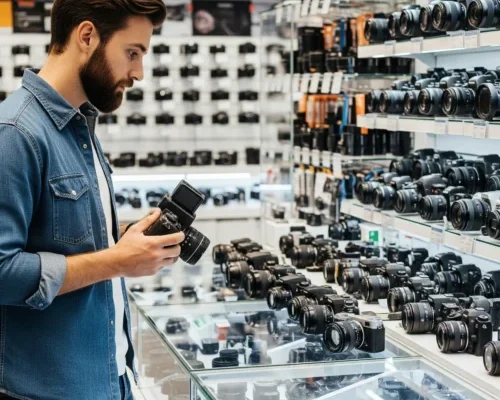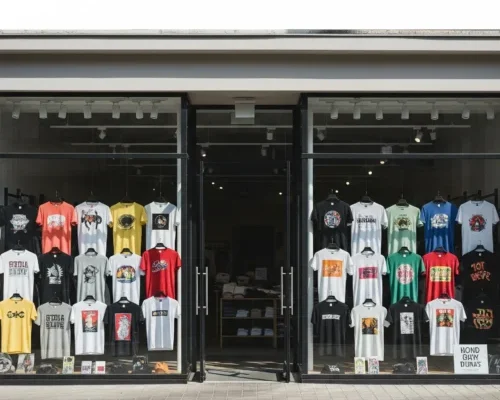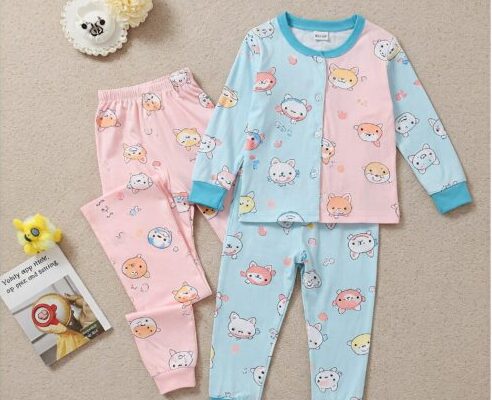Finding your dream camera can be tricky with so many models and features out there…
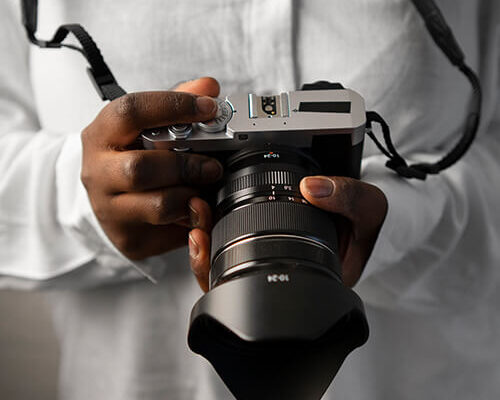
10 Crucial Differences Between RAW vs JPEG Every Photographer Should Know
As a photographer, the debate of RAW vs JPEG is likely a familiar age-old challenge. But do you truly understand the differences between these two file formats? In this article, we’ll explore into the world of photography and uncover the 10 Crucial Differences Between RAW vs JPEG Every Photographer Should Know. Whether you’re a seasoned pro or just starting out, recognizing the advantages and limitations of each format will empower you to elevate your photography skills and achieve superior results.
The Essence of RAW Files
A RAW image file is an original image directly captured through a camera’s image sensor. It contains all the data that the camera has collected, including exposure information and color data, among others. RAW files are often larger in size compared with JPEGs and require special software to edit; even so, they offer incredible flexibility and control when it comes to post-processing. RAW files are ideal for photographers looking to make more accurate adjustments, mostly exposure, contrast, and color balance changes.
One major plus of RAW files is that they retain much greater editing flexibility. Since the file is raw, you can definitely make strong changes to the image without destroying the quality. Example, you can change the exposure of a RAW file without losing any detail in the shadows or highlights. This flexibility is very important when one is doing a shoot in low light or when working with high-contrast scenes. RAW files offer better noise reduction capabilities compared to JPEGs. Since this is an unprocessed file, noise reduction techniques can be applied without losing details or texture. This is of immense significance to photographers who work in low-light conditions or make images at high ISO.
Besides the added flexibility and noise reduction, RAW files have higher color accuracy than JPEGs. This will then provide finely tuned adjustments in color balance without degradation to the quality. However, RAW files may result in larger files and are more difficult to work with when photographers are new to digital photography, and there is always a limitation to their use because they don’t work with all editing software.
Understanding RAW vs JPEG
A JPEG file is a compressed image file that is created by the camera’s image processor. JPEG files contain a processed version of the image, with the camera’s default settings applied. JPEG files are smaller and more convenient to work with than RAW files, making them a popular choice for photographers who want to quickly share their images. However, JPEG files are also more limited in terms of flexibility and control.
One of the key benefits of JPEG files is their convenience. Because they are already processed, you can quickly share them or print them without needing to make any adjustments. JPEG files are also more widely supported by editing software and devices, making them a good choice for photographers who need to work with a variety of different systems. JPEG files are also faster to work with than RAW files as they are already processed, you can quickly apply basic edits such as exposure adjustments and color balance. This makes them a good choice for photographers who need to work quickly, such as those shooting events or weddings.
In addition to their convenience, JPEG files also offer better compression than RAW files as the file is compressed, it takes up less space on your memory card and is easier to transfer to your computer. This makes them a good choice for photographers who need to store and transfer large numbers of images. However, JPEG files have their drawbacks as they are already compressed, they can lose detail and texture, especially when edited heavily. This can result in a loss of image quality, which can be particularly problematic for photographers who need to make precise adjustments to their images.
JPEG files also have limited color accuracy compared to RAW files as stated earlier that the file is processed, the color data may be lost or altered, resulting in a less accurate representation of the original image. This can be particularly problematic for photographers who rely on precise color control.
RAW vs JPEG – What is the Difference?
- RAW and JPEG files differ fundamentally in their handling and processing. RAW files maintain the original, unprocessed data directly captured by the camera’s sensor, preserving every detail without compression. In contrast, JPEG files are processed and compressed to optimize them for immediate use, which results in some original data being discarded in exchange for smaller file sizes and convenient usability.
- RAW files allow for extensive adjustments to exposure, contrast, and color balance due to their unprocessed data. In contrast, JPEG files, which are compressed, offer limited editing possibilities and may degrade with multiple adjustments.
- When it comes to noise reduction, RAW vs JPEG files show a marked difference. RAW files provide superior noise reduction capabilities because they retain unprocessed data, allowing for effective noise correction without losing detail. JPEG files, being compressed and processed, often exhibit noise issues that are harder to rectify.
- In terms of file size, RAW vs JPEG files differ significantly. JPEG files are generally smaller due to compression, making them easier to store and transfer. RAW files are larger because they are uncompressed, posing challenges for managing large quantities of high-resolution images.
- Color accuracy is another area where RAW vs JPEG files diverge. RAW files retain all color data captured by the camera, offering precise adjustments and accurate color reproduction. JPEG files often lose some color information due to compression and processing.
- RAW vs JPEG files offer different levels of editing capability. RAW files provide extensive editing options, including adjustments to exposure and white balance after capture, without compromising quality. JPEG files, on the other hand, have limited editing scope, with adjustments often leading to visible artifacts.
- RAW vs JPEG files capture different dynamic ranges. RAW files handle a broader range of light and shadow details, making them ideal for high-contrast scenes. JPEG files, due to compression and processing, may lose detail in shadows and highlights.
- Data preservation is a key difference between RAW vs JPEG files. RAW files maintain all sensor data, preserving image quality and detail. JPEG files undergo lossy compression, which discards some data to reduce file size, potentially impacting image quality, especially with extensive editing.
- When it comes to software and device compatibility, RAW vs JPEG files differ. JPEG files are widely compatible with various editing software and devices, making them more user-friendly. RAW files often require specific software for editing and might not be universally supported.
- The workflow complexity of RAW vs JPEG files is another consideration. RAW files necessitate conversion and processing through specialized software, leading to a more complex workflow. JPEG files are ready for use directly out of the camera, offering a quicker solution for those needing fast results without extensive post-processing.
RAW vs JPEG
There has been debate between RAW vs JPEG, and each photographer sticks to the format. Now, the major difference in RAW vs JPEG is basically the amount of processing or compression done on the images. Whereas JPEG files are compressed and processed into small file sizes, readily available, RAW files are unprocessed and uncompressed, maintaining all the data as it was captured by the camera. This basic differentiation gives RAW vs JPEG files digital differentiation in levels of flexibility and control.
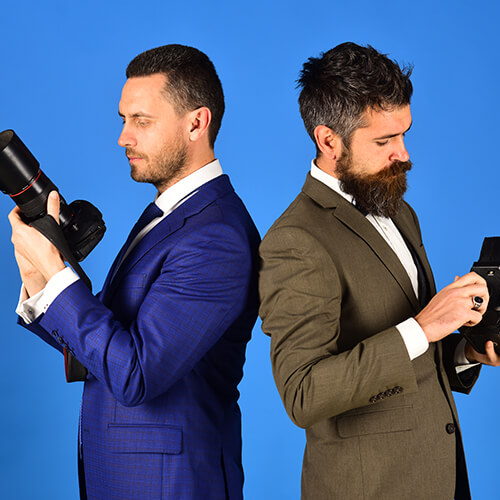
Whereas RAW files allow self-taken shots to make exact changes in exposure, contrast, and color balance, JPEGs have undergone processing and compression that really limits these changes and can introduce irretrievable alterations. Ultimately, the RAW vs JPEG debate really boils down to a question of personal preference and shooting style. While some photographers are bound to appreciate the easy and fast action accorded by JPEG files, others prefer to put greater emphasis on increased flexibility and control over images that RAW files can offer.
Pros and Cons of Shooting in RAW
Shooting in RAW offers incredible flexibility and control, but it’s not without its drawbacks. Here are some pros and cons to consider when deciding whether to shoot in RAW.
Pros:
- Greater flexibility and control over the image
- Better noise reduction capabilities
- Better color accuracy
- Ability to make precise adjustments to exposure, contrast, and color balance
Cons:
- Larger file size, which can be problematic for photographers with limited storage space
- More difficult to work with, especially for photographers who are new to digital photography
- May require special software to edit, which can be time-consuming and costly
The Pros and Cons of Shooting in JPEG
Shooting in JPEG offers convenience and speed, but it’s not without its drawbacks. Here are some pros and cons to consider when deciding whether to shoot in JPEG.
Pros:
- Smaller file size, which is ideal for photographers who need to store and transfer large numbers of images
- Faster to work with, especially for photographers who need to make quick edits
- More widely supported by editing software and devices
Cons:
- Limited flexibility and control over the image
- May lose detail and texture when edited heavily
- Color accuracy may be compromised
How Shooting in RAW Can Improve Your Photos
RAW vs JPEG can significantly enhance your photos in many ways. It is essential to understand what a RAW file is and how to use it to bring out the real power of your images. The greatest advantage of RAW files over JPEGs is that it can be made with very fine adjustments to the image. Since RAW files hold all the data that your camera saw, you can adjust exposure, contrast, and color balance in finer detail. You now have the ability to have a well-balanced and very finished image. In addition, RAW vs JPEG files allow for more advanced noise reduction tools.
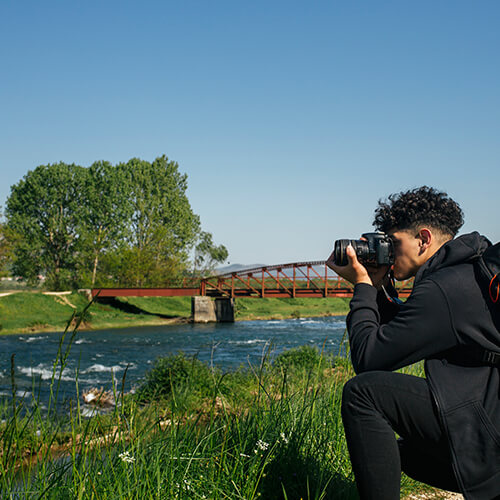
This is due to the fact that since RAWs are not processed, effective noise reduction can be implemented without losing details or texture, which occurs most in low-light photography or high ISO ranges. Besides, RAW files contain more accurate colors than JPEG files. Since all the information about color is there in your image, a lot more effective color balance in your photos can be done. Example, maintaining the accuracy of color throughout your editing process.
The Advantages of Shooting in RAW for Beginners
Photography in RAW vs JPEG may look really intimidating to a beginner, but the benefits it holds can actually change your photography skills. When you get to know what RAW files really are and how a photographer can fully utilize their use, you will understand the real potential of a photograph. The most important advantage of RAW from JPEG in photography is the capability to do fine-tune adjustments to a photo. This will enable the recording of needed information for the camera, which subsequently-that data being present in the images- will handle the exposure, contrast, and color balance more appropriately and usually result in a more balanced and well-crafted image.
Noise reduction capabilities are also much higher in RAW. Since the files are unprocessed, the overview or texture of noise reduction techniques can still be used without reducing the quality of the file, which can sometimes be very important for low-light photography or high ISO settings. In addition, RAW files provide more color accuracy than JPEG. Because all color data is not thrown away, you will be able to adjust the color balance in more fine detail with color accuracy maintained throughout your edition.
Easier Post-Processing
RAW files provide greater latitude for making adjustments in post-processing. Beginners can experiment with exposure, white balance, and other settings without degrading image quality. This flexibility allows new photographers to learn and understand the impact of different adjustments on their images.
Greater Detail and Dynamic Range
RAW files retain more detail in shadows and highlights, providing a broader dynamic range. This is particularly beneficial for beginners who may not yet have mastered exposure settings, as it allows for recovery of detail in areas that may have been over or underexposed.
Learning Tool
Working with RAW files helps beginners understand the fundamentals of image editing. By seeing the impact of adjustments in a RAW editor, new photographers can develop a deeper understanding of how different settings affect their photos.
Future-Proofing
As beginners improve their editing skills, they will appreciate having RAW files that can be re-edited with new techniques and software. JPEG files limit this flexibility due to their compressed nature and reduced data.
When to Shoot in JPEG and Why?
While RAW files offer many benefits, there are situations where shooting in JPEG may be more advantageous.
Speed and Convenience
JPEG files are smaller and faster to work with, making them ideal for situations where quick turnaround is necessary, such as event photography. The in-camera processing saves time in post-production, allowing photographers to deliver images promptly.
Limited Storage
For photographers with limited storage space, JPEG files are a practical choice. Their smaller size allows for more images to be stored on memory cards and hard drives, reducing the need for frequent backups.
Immediate Use
JPEG files are ready to use straight out of the camera, making them suitable for photographers who need to share images immediately, such as journalists or social media influencers. The in-camera processing ensures that images look good without additional editing.
Compatibility
JPEG is a universally recognized format, compatible with virtually all devices and software. This makes it easier to share images with clients, print labs, and across different platforms without worrying about compatibility issues.
Which File Format Fits Your Photography Style?
Choosing between RAW and JPEG depends on your specific needs, goals, and shooting style.
Professional and Serious Enthusiasts
If you prioritize image quality, flexibility, and the ability to make extensive edits, RAW is the clear choice. Professional photographers and serious enthusiasts benefit from the detailed data and dynamic range that RAW files offer, allowing for high-quality prints and significant post-processing.
Casual and Fast-Paced Shooters
For those who prioritize speed, convenience, and immediate use, JPEG is more suitable. Casual photographers, event shooters, and anyone needing quick turnaround times will appreciate the smaller file sizes and in-camera processing of JPEGs.
Hybrid Approach
Many photographers adopt a hybrid approach, using both RAW and JPEG formats depending on the situation. Some cameras even offer a setting to save both formats simultaneously, providing the best of both worlds—high-quality RAW files for detailed editing and JPEGs for quick sharing and backup.
Conclusion
Understanding the difference between RAW and JPEG is crucial for any photographer looking to elevate their craft. RAW files offer unparalleled flexibility, detail, and dynamic range, making them ideal for extensive post-processing and professional use. JPEG files, on the other hand, provide convenience, speed, and ease of use, making them perfect for quick sharing and situations with limited storage.
By mastering the strengths and weaknesses of each format, you can make informed decisions about your photography workflow. Whether you choose to shoot in RAW, JPEG, or both, the key is to select the format that best suits your specific needs and goals. Happy shooting!
Read Next: Best Photo Editing Software for Beginners to Try in 2024


